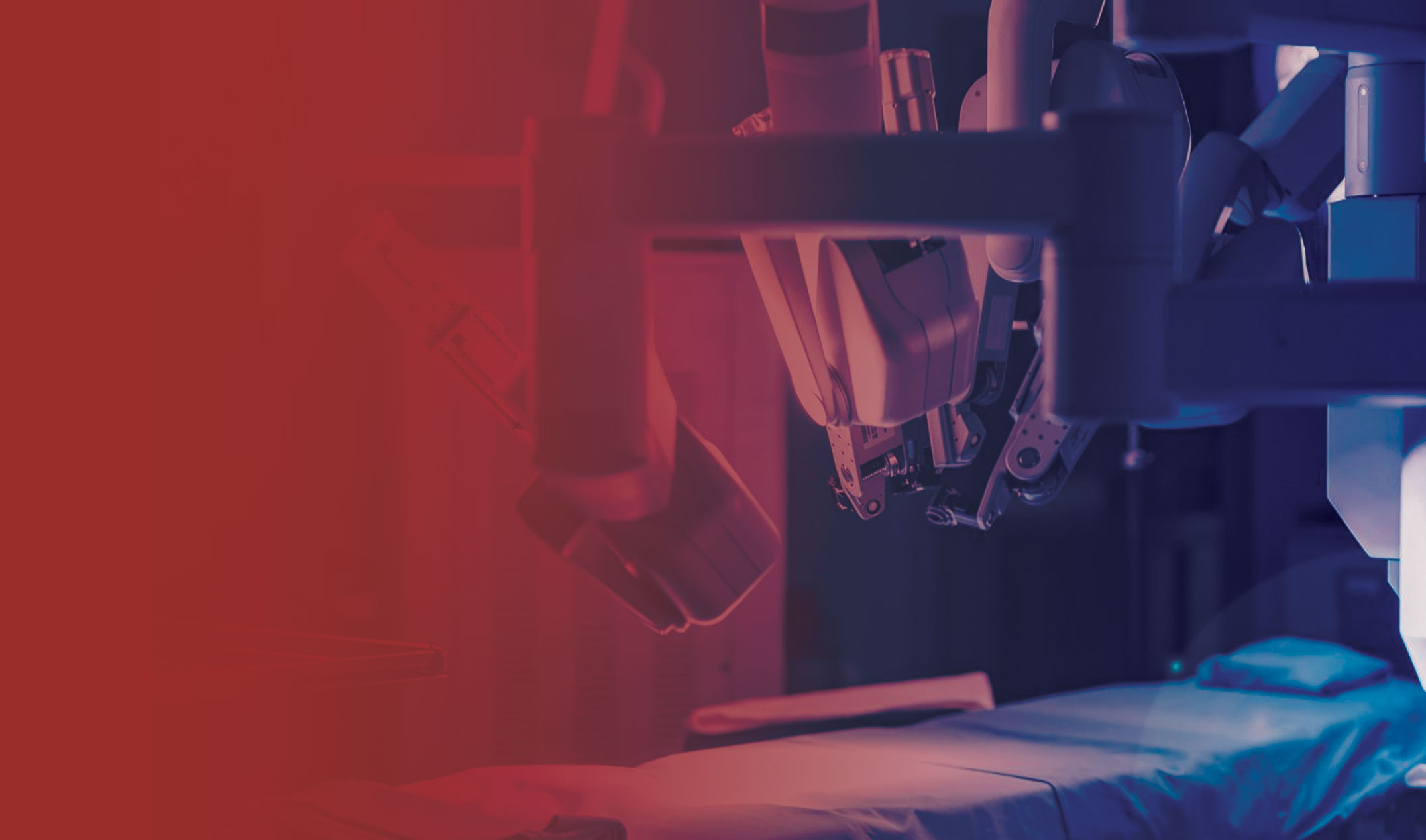AI-Powered Technologies such as Robotics Will Help Improve Orthopedics

According to Peter Verrillo, CEO of Enhatch, being a surgeon is the most incredible job someone can have. Being an orthopedic surgeon has the reputation of being mentally tasking. Additionally, it’s also very physically demanding and often forces surgeons into retirement before they are ready. This is a problem that robotics and artificial intelligence can help solve.
“It’s physically taxing work,” says Verrillo. “Surgeons are lifting people and lifting instruments. We have to think of ways to make surgery easier for them.”
Surgery Demand Outpacing Surgeon Capacity
Each year, the demand for orthopedic surgery increases. Over the past 20 years, orthopedic cases have quadrupled. Surgery volume continues to increase while the number of orthopedic surgeons increases by only 1% each year. The gap between supply and demand and the number of surgeons will continue to grow.
“By 2030, the number of surgeries to be performed will outpace the number of surgeons available,” says Verrillo. “This is detrimental to the industry. Enhatch is quickly developing solutions to help take the lift off surgeons.”
Robotics can help provide relief for surgeons.
“Surgeons will always be a very important part of surgery,” says Verrillo. “But there are some things they can be assisted on. There will be an evolution of how surgeons want to implement this technology.”
Surgeons in various fields that adopted DaVinci 20 years ago are seeing the benefits of robotics assisting in surgery. Some surgeons have even added a decade to their career by allowing a robot to assist.
“Surgeons want to cut forever,” says Verrillo. “Getting to add anywhere from five to 15 years onto their careers would be incredible. There is so much we could learn from them.”
Robotics in Surgery
The other benefit of robotics in the operating room: it allows surgeons to be more efficient. If surgeons can perform more surgeries in less time, this will help alleviate stress the operating room will be experiencing.
But, while robotics today are helpful, technology needs to continue to progress.
“Right now, robotics is expensive,” says Verrillo. “We are in the first generation of robotics in orthopedics.”
In this stage, robots do as they are told by a surgeon and assist with cutting, or machining instruments. However, technology will continue to progress, and this means more sophistication and less of an expense.
“Right now, utilizing robotics is a major expense,” says Verrillo. “We have to push the envelope to learn and make the future generations of robotics faster, better, and more effective.”
Verrillo predicts that the future generations of robotics will be smaller, lighter, and smarter. These machines will eventually decrease cost and decrease inefficiencies.
“How fast computers are progressing, processors are speeding up, we can learn incredible amounts of information,” says Verrillo. “Surgeons will always be an important part of the procedure. But in some areas, they can use assistance, and robots can do that. It will be an evolution of how surgeons want to work with it.”
In ten years, robotics used in surgery will most likely cost a fraction of what they do today. However, one challenge the medical community will have to continue to address as robotics keep simplifying and becoming more efficient.
To view full webinar click here.
Increased Caseload & COVID-19 Aftermath
“There’s no reason why in ten years, 100% of procedures do not have a robot involved,” says Verrillo. “The robot could hold the patient, instruments, or help with the surgery. It needs to happen.”
Verrillo says that for orthopedic surgeons to have a life outside of the OR, hospitals need to adopt new technologies.
“There are too many patients, the wait time keeps getting longer,” says Verrillo. “we need 50% adoption in five years and 100% in ten years.”
Pre-pandemic, many companies were working to solve a major problem lurking in the operating room: surgeon burnout. The healthcare system is on the brink of crisis. The volume of surgeries increases and fewer surgeons are graduating from medical school.
As elective surgeries were postponed or canceled in 2020, burnout became less of an issue. But canceling surgeries was only a temporary solution.
“Enhatch processes billions of surgery dollars each year, and our systems have great visibility into case volume,” says Verrillo. “Our hospitals are going to have 18-24 months of accelerated volume once regular caseload comes back.”
Enhatch predicts that the United States will have an increased volume of orthopedics cases over the next two years. This is a result just to catch up from the COVID-19 pandemic.
“Surgeons will have to do more cases each year,” says Verrillo. “There has to be a faster way to do surgeries.”
The Future of Surgery
“I absolutely feel that we will keep seeing incredible improvements in robotics, surgical navigation, and augmented reality,” says Verrillo. “The AI powering robotics is not bound by gravity, weight, or mass. It’s incredible to think about mapping the surgeon’s minds in an artificial intelligent surgery system.”
The pace for technology acceleration will continue to increase. Robotics will improve and replicate efficiently in surgeries. AI can learn from every surgery and improve, making the best decisions for surgeries.
Robotics are one component of the entire Intelligent Surgery Ecosystem. When it comes to robotics, to get the optimum results needed, we are going to rely on data.
Verrillo says that collecting data from pre-op, intra-op, and post-op is critical for the future of surgery.
“This is the feedback loop medical device companies need,” says Verrillo. “Every company needs this kind of system. It’s massively important to understand the clinical outcomes of the patient and how it ties to the pre-op plan.”
Data collecting will continue to grow in importance when it comes to surgery. Robust pre-op planning software, patient tracking wearables for post-surgery, and AI-powered robotics are data-collecting resources. These elements will help enhance the surgical sequence.
“It will take companies a significant amount of time to get data off devices,” says Verrillo.
With every piece of data collected, surgery will become more streamlined and more accurate.
“The future of surgery stems from robotics, intelligent navigation systems, and augmented reality. And these systems will help improve the quality of life for surgeons,” says Verrillo. “This aspect of intelligent surgery will give the surgeons actual superpowers.”
Robotics are an integral part of the future of surgery. Without finding technology-driven solutions for operating rooms, we will continue facing surgeon capacity and burnout. While adopting robotics is an expense, it’s an investment in the future. Today’s surgical robot is one step closer to solving inefficiencies within the surgical sequence. If you are interested in learning more about robotics, artificial intelligence, and the future of intelligent surgery.
To view full webinar click here.


